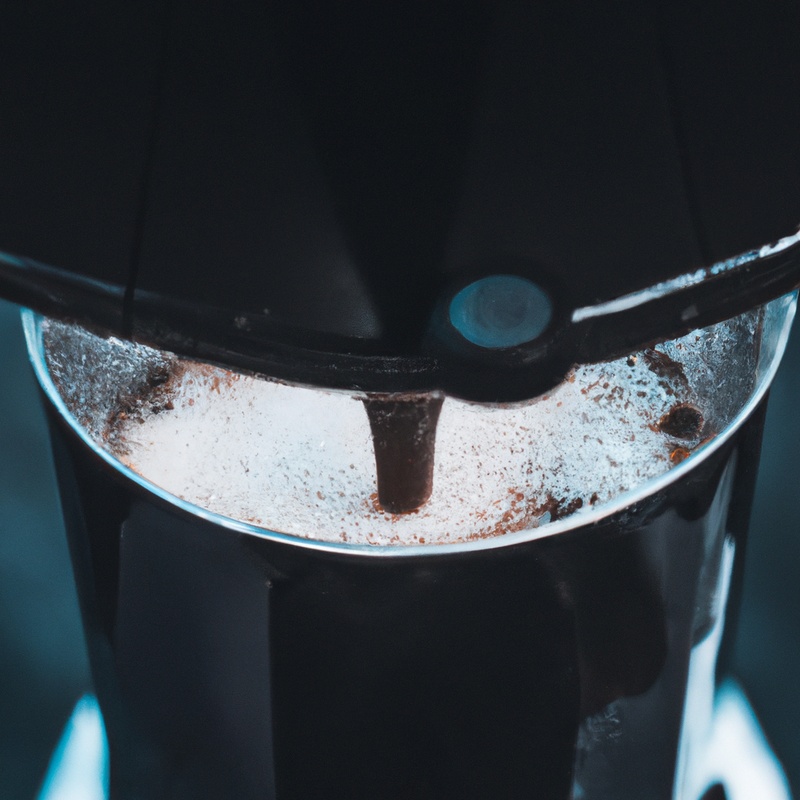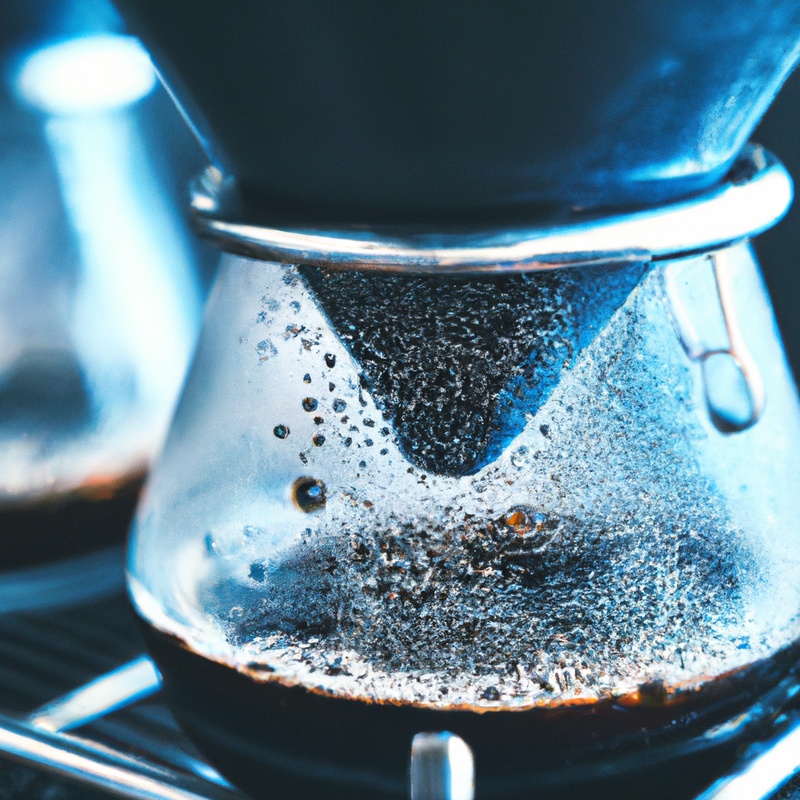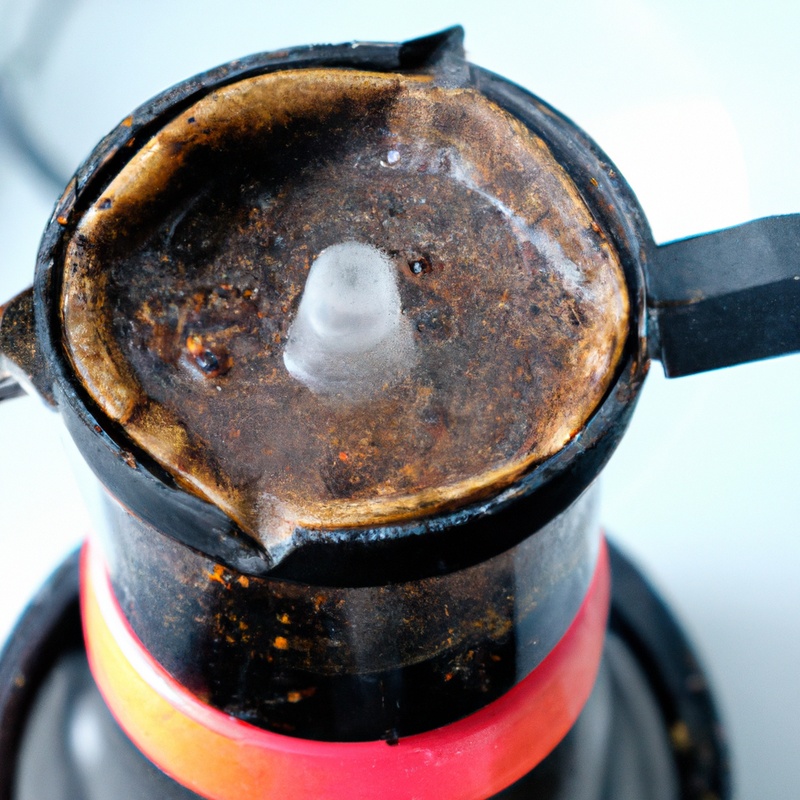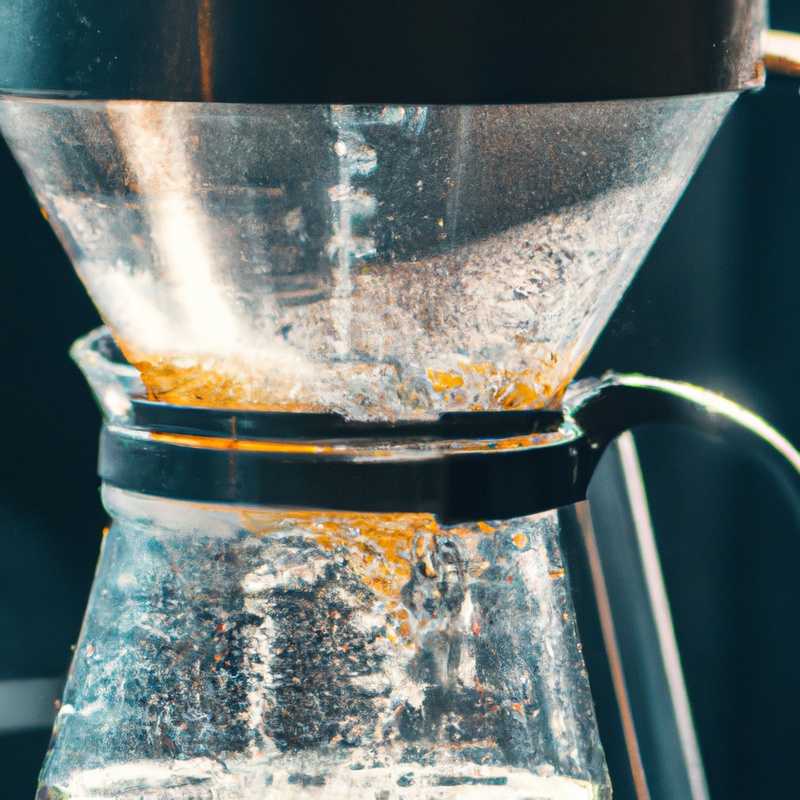Key Takeaways:
- Ideal coffee brewing temperature is between 195°F and 205°F.
- Brewing coffee at too low temperature can lead to under-extraction.
- Brewing coffee at too high temperature can result in over-extraction.
- Temperature consistency throughout the brewing process is crucial for a balanced flavor.
Are you tired of brewing mediocre cups of coffee?
Wondering if there’s a secret ingredient that will finally deliver that perfect, flavorful brew?
Well, here’s a not-so-secret tip: the temperature at which you brew your coffee plays a crucial role in its taste and quality.
But what is the best temperature to brew coffee?
In this article, we’ll explore the factors that influence brewing temperature, uncover the science behind the optimal temperature, and reveal the recommended temperature range for different brewing methods.
Get ready to take your coffee game to a whole new level!
| Pros | Cons | |
| Low Temperature | – Delicate flavor profile – Less bitter taste – Reduced acidity | – Longer brewing time – May result in under-extraction of flavors |
| Medium Temperature | – Balanced flavor profile – Good extraction of flavors – Versatile brewing methods | – May still be slightly bitter for some – Can be too weak or too strong if not done correctly |
| High Temperature | – Strong, bold flavor – Quick brewing time – Ideal for some espresso drinks | – Bitter taste – Increased acidity – Risk of over-extraction and burnt flavors |
Factors that influence coffee brewing temperature
Water quality and grind size are two key factors that significantly impact the brewing temperature of coffee. Additionally, altitude plays a role in determining the ideal temperature for extracting the best flavors from coffee beans.
Water quality and its impact on brewing temperature
Water quality can have a significant impact on the brewing temperature of coffee.
Hard water with high mineral content can make it difficult for the water to reach the desired brewing temperature.
This can result in under-extraction, and the coffee may taste weak and lack flavor.
On the other hand, soft water with low mineral content can heat up quickly, potentially leading to over-extraction and a bitter taste.
It is important to find the right balance and use filtered water to achieve the optimal brewing temperature for delicious coffee.

The role of coffee grind size in determining the brewing temperature
The size of your coffee grounds plays a significant role in determining the brewing temperature. When the grind size is finer, it slows down the flow of water during brewing, which can result in a higher temperature.
On the other hand, coarser grind sizes allow for faster water flow, leading to a lower brewing temperature.
Finding the right grind size is important for achieving the desired taste and strength in your coffee. Experimenting with different grind sizes can help you find the perfect balance.

Understanding the impact of altitude on coffee brewing temperature
Altitude plays a significant role in coffee brewing temperature. As you increase in altitude, the boiling point of water decreases.
This means that water boils at a lower temperature, resulting in a lower brewing temperature for your coffee.
At higher altitudes, it’s important to adjust your brewing parameters to achieve the optimal extraction. You may need to increase the coffee-to-water ratio or extend the brewing time to compensate for the lower temperature.
Experimentation is key to finding the perfect balance at different altitudes.

Ideal temperature for brewing coffee
The ideal temperature for brewing coffee is an important factor that affects the taste and quality of your brew.
The science behind the optimal coffee brewing temperature
The optimal coffee brewing temperature is around 195°F to 205°F (90°C to 96°C).
This temperature range allows for the extraction of the coffee’s flavors without over-extracting the bitter compounds.
At higher temperatures, the coffee can become too bitter, while lower temperatures may result in a weak and watery brew.
The science behind this temperature range involves the ideal balance between solubility and extraction of desirable compounds like acids, oils, and sugars.
Adjusting the temperature can greatly impact the taste and quality of your coffee.
The recommended temperature range for different brewing methods (drip, French press, pour-over, espresso, etc.)
For drip coffee, a recommended temperature range is around 195 to 205 degrees Fahrenheit (90 to 96 degrees Celsius).
French press brewing method is best around 200 degrees Fahrenheit (93 degrees Celsius).
Pour-over coffee is excellent when brewed between 195 and 205 degrees Fahrenheit (90 to 96 degrees Celsius).
As for espresso, it’s recommended to brew at a higher temperature, typically around 190 to 196 degrees Fahrenheit (88 to 91 degrees Celsius).
Each brewing method requires specific temperature to bring out the best flavors, so it’s important to adjust accordingly for the perfect cup.
Factors to consider when adjusting brewing temperature based on personal preference
When adjusting the brewing temperature based on personal preference, there are a few factors to keep in mind. Firstly, consider the roast level of your coffee beans.
Lighter roasts often benefit from lower temperatures, around 195-200°F (90-93°C), to preserve their delicate flavors.
On the other hand, darker roasts can handle slightly higher temperatures, around 200-205°F (93-96°C), to bring out their bolder notes. Secondly, think about the desired strength of your coffee.
Using a higher temperature will generally result in a stronger brew, while a lower temperature may produce a milder cup.
Lastly, take into account your own taste preferences. Experiment with different temperatures to find the ideal balance of flavors and aromas that you enjoy the most.
Effects of temperature variations on coffee taste
The temperature variations in coffee brewing directly impact the taste of the coffee.
Over-extraction and under-extraction: the impact of temperature on the flavor profile of coffee
Temperature plays a crucial role in coffee brewing, as it can result in over-extraction or under-extraction.
Over-extraction occurs when the water is too hot, leading to a bitter and astringent taste.
On the other hand, under-extraction happens when the water is too cool, resulting in weak and sour flavors.
It’s important to find the right temperature to achieve a balanced and flavorful cup of coffee.
Experimenting with different temperatures can help you find the sweet spot for your preferred flavor profile.
How temperature affects the acidity, bitterness, and sweetness of coffee
The temperature you use to brew your coffee can significantly impact its taste.
Higher temperatures tend to result in a more acidic and bitter flavor, as they extract more compounds from the coffee beans.
On the other hand, lower temperatures bring out the sweetness and smoothness of the coffee, but may result in a less intense flavor overall.
Finding the perfect temperature for your preferred taste can take some experimentation, but it’s worth it for a truly enjoyable cup of coffee.
The importance of consistency in brewing temperature for consistent coffee flavor
Consistency in brewing temperature is key to achieving a consistent coffee flavor.
Fluctuations in temperature can greatly affect the taste of your brew.
When the temperature is too high, it can result in bitterness, while low temperatures can lead to under-extraction and a weak flavor.
By maintaining a consistent brewing temperature, you ensure that the water extracts the optimal flavors and compounds from the coffee grounds, resulting in a balanced and delicious cup of coffee.
So, pay attention to your brewing temperature and keep it consistent for the best coffee experience.
Brewing tips for achieving the best temperature
To achieve the best temperature for brewing coffee, consider the impact of preheating, techniques for adjusting temperature, and choosing the right equipment.
Understanding the impact of preheating on maintaining brewing temperature
Preheating your coffee brewing equipment is essential for maintaining the optimal brewing temperature.
By preheating, you ensure that the temperature of your brewing apparatus is hot enough to extract the flavors properly.
This step prevents heat loss when brewing and helps maintain consistent temperature throughout the brewing process.
Some common methods for preheating include rinsing the coffee pot with hot water or running hot water through the coffee maker before brewing.
Remember, a properly preheated brewing device is crucial for achieving the best-tasting coffee.
Techniques for adjusting and controlling brewing temperature
To adjust and control the brewing temperature of your coffee, consider the following techniques:
- Use a thermometer: Measure the temperature of your water before brewing to ensure it’s within the ideal range. Adjust the temperature by adding boiling water to cool it down or letting it cool naturally.
- Preheat your equipment: Warm up your coffee maker, kettle, or brewing device before use. This helps maintain a consistent temperature throughout the brewing process.
- Optimize water-to-coffee ratio: Adjusting your coffee-to-water ratio can influence temperature. A higher coffee-to-water ratio will result in a cooler brew, while a lower ratio will give you a hotter cup.
- Experiment with different brew methods: Different brewing methods have varying temperature requirements. Explore techniques like pour-over, French press, or espresso to find what works best for you.
- Take note of extraction time: Brewing for a longer period can lead to higher temperatures, while shorter brewing times result in a cooler cup. Experiment with adjusting extraction time to achieve your desired temperature.
Remember, experimenting with these techniques can help you find the perfect temperature for your coffee, enhancing its flavor and aroma. Enjoy exploring and crafting your perfect cup!
Choosing the right equipment to help achieve the desired brewing temperature
To achieve the desired brewing temperature, it is important to choose the right equipment.
Consider using a kettle with temperature control, allowing you to heat water to the precise temperature.
A digital thermometer can also come in handy to ensure accuracy.
Additionally, investing in a good quality coffee maker with adjustable brewing temperature settings can make a difference in achieving the perfect brew.
Remember, the right equipment can greatly impact the taste and quality of your coffee.
Frequently Asked Questions (FAQs)
What is the recommended temperature for brewing black coffee?
The recommended temperature for brewing black coffee is between 195 to 205 degrees Fahrenheit (90 to 96 degrees Celsius).
This temperature range allows for optimal extraction of flavor and aroma from the coffee beans, resulting in a rich, balanced cup of coffee.
If the water is too hot, it can lead to over-extraction and a bitter taste.
Conversely, if the water is too cool, the extraction may be inadequate, resulting in a weak and underwhelming brew.
So, aim for that sweet spot between 195 and 205 degrees Fahrenheit to brew a delicious black coffee.
Does the temperature affect the caffeine content in coffee?
The temperature does not directly affect the caffeine content in coffee.
Caffeine is a stable compound, and its concentration remains consistent regardless of the brewing temperature.
However, different brewing temperatures can affect the overall flavor and strength of the coffee, which may indirectly impact your perception of its caffeine kick.
Can brewing coffee at a lower temperature lead to food poisoning?
Brewing coffee at a lower temperature does not typically lead to food poisoning. Coffee is brewed in water that is heated to temperatures above 195°F (90°C) to extract the flavors.
While lower temperature may affect taste, it is unlikely to cause foodborne illness.
However, it’s important to note that improperly stored or contaminated coffee beans could lead to food poisoning regardless of brewing temperature. Make sure to store your coffee beans properly and handle them with care to prevent any issues.
How long should I wait for the water to cool down before brewing coffee?
To achieve the best flavor in your brewed coffee, you should wait for the water to cool down for about 30 seconds after boiling. This allows the water temperature to drop to the ideal range of 195 to 205 degrees Fahrenheit (90 to 96 degrees Celsius).
Waiting too long may result in a cooler brew, while not waiting enough could lead to a bitter taste.
So, a short wait before brewing is key for a delicious cup of coffee.
Final Verdict
The temperature at which coffee is brewed plays a crucial role in determining its taste and flavor. Factors such as water quality, grind size, and altitude influence the brewing temperature.
The optimal brewing temperature is between 195°F to 205°F, as it allows for proper extraction and enhances the flavor profile.
Different brewing methods have specific temperature recommendations, and personal preferences also play a role in adjusting the temperature. Temperature variations can lead to over-extraction or under-extraction, affecting the acidity, bitterness, and sweetness of the coffee.
To achieve the best temperature, preheating, controlling, and choosing the right equipment are essential.
Remember, consistency in brewing temperature is key for a consistently delicious cup of coffee.
